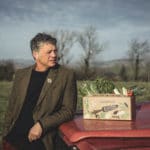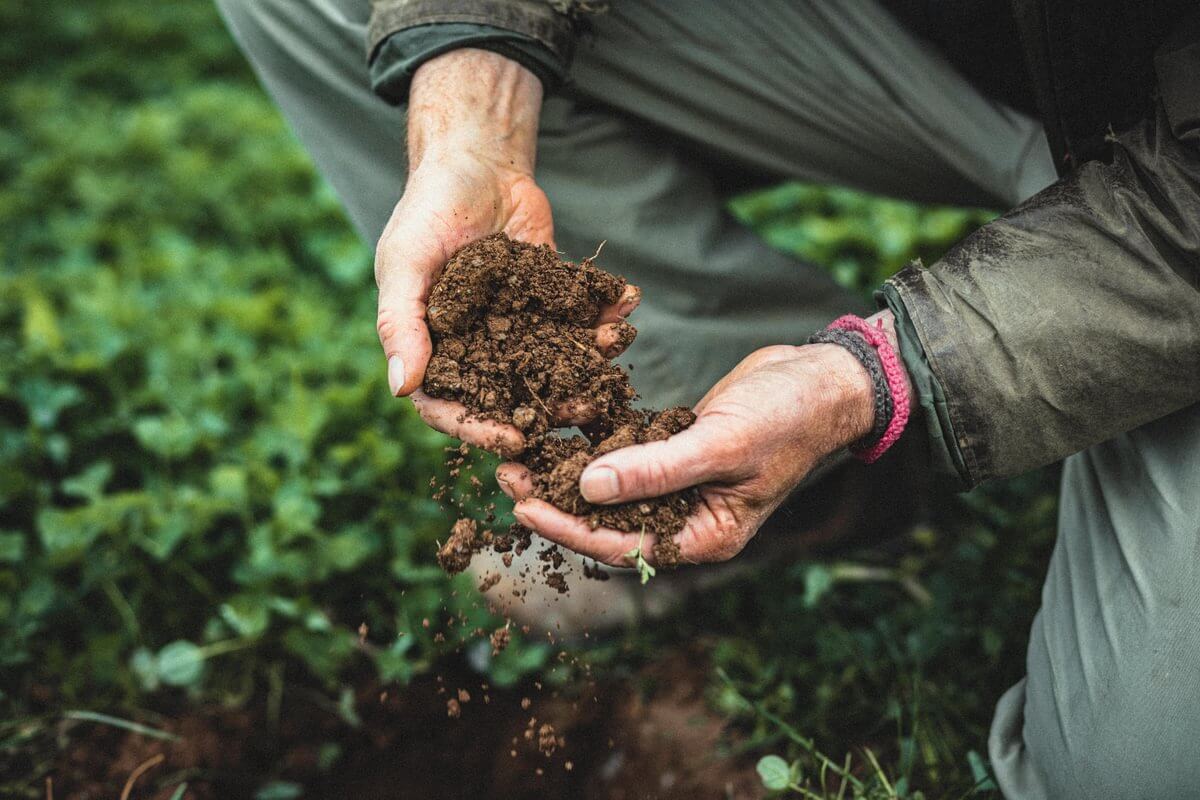Our 30 acres of hazel and walnut trees, planted in wide rows to allow animals to graze underneath, have survived a hard year. After summer’s drought, perhaps the most important lessons have been the importance of selecting a protected site to plant on, and mulching generously to control weeds and conserve moisture.
Layering many enterprises on one farm, and even in one field, makes environmental sense. It increases biodiversity, carbon sequestration and soil health, as well as increasing total food yield, and bolstering food security as our climate changes. My neighbour’s cows, grazing between the trees, produce 60-100kg of beef per acre per year. If we get it right, we should also be able to produce 500kg of shelled nuts, plus fuel, without significantly reducing the beef. The cows may even benefit from the trees’ shade and shelter.
To make it work commercially, we will need to develop sufficient technical competence to avoid mistakes and drive down costs; a challenge that grows with each new enterprise, requiring new skills and machinery. “Mixed farming makes for muddled thinking,” a neighbour told my father half a century ago as he sold his sheep, pigs, and cows to concentrate on grain. Co-operation, sharing costs, and learning together with other growers will help us to establish our nut venture. We also hope that our customers will continue to support us in diversifying our farm and others, through our Refer a Friend scheme. Essentially, for every new customer referred by a friend, we will plant a nut tree on organic farmland – if you would like to be part of it, visit riverford.co.uk/refer.
Earlier this month I took a trip to Piedmont, northern Italy, where hazelnuts are grown on insanely steep slopes by relatively small growers. Most growers shake the trees, or allow the nuts to fall naturally, before sweeping them into bins, allowing one operator to harvest a tonne or more per day. In Devon, we face the additional challenges of an uneven surface, manure from the cows, and damp autumns. We will have to develop some novel harvesting techniques, probably involving shaking and catching the nuts in nets before they touch the ground, as is done for olives.
I came home humbled, with more questions than answers. Italy may be ahead of us with nuts but, contrary to repute, the veg in the markets was disappointing compared to our own. An argument for sticking to what we grow best? But if I had never risked trying something new, I would still be mucking out my dad’s pigs.










With the growing of monocrops in vast fields it seems to me we are moving away from the norm of nature. Small mixed farms, small fields and now a variety of crops in one field i.e. rows of nut trees with livestock grazing underneath seems more natural. Indeed, nature shows us how with diverse habits doing better and diversity flourishing.
Join the Kentish Cobnut Association.
Could you kindly explain why manure from the cows is a challenge? Thanks!
Sorry, wrote too fast. I do get the challenge about the manure! 🙁